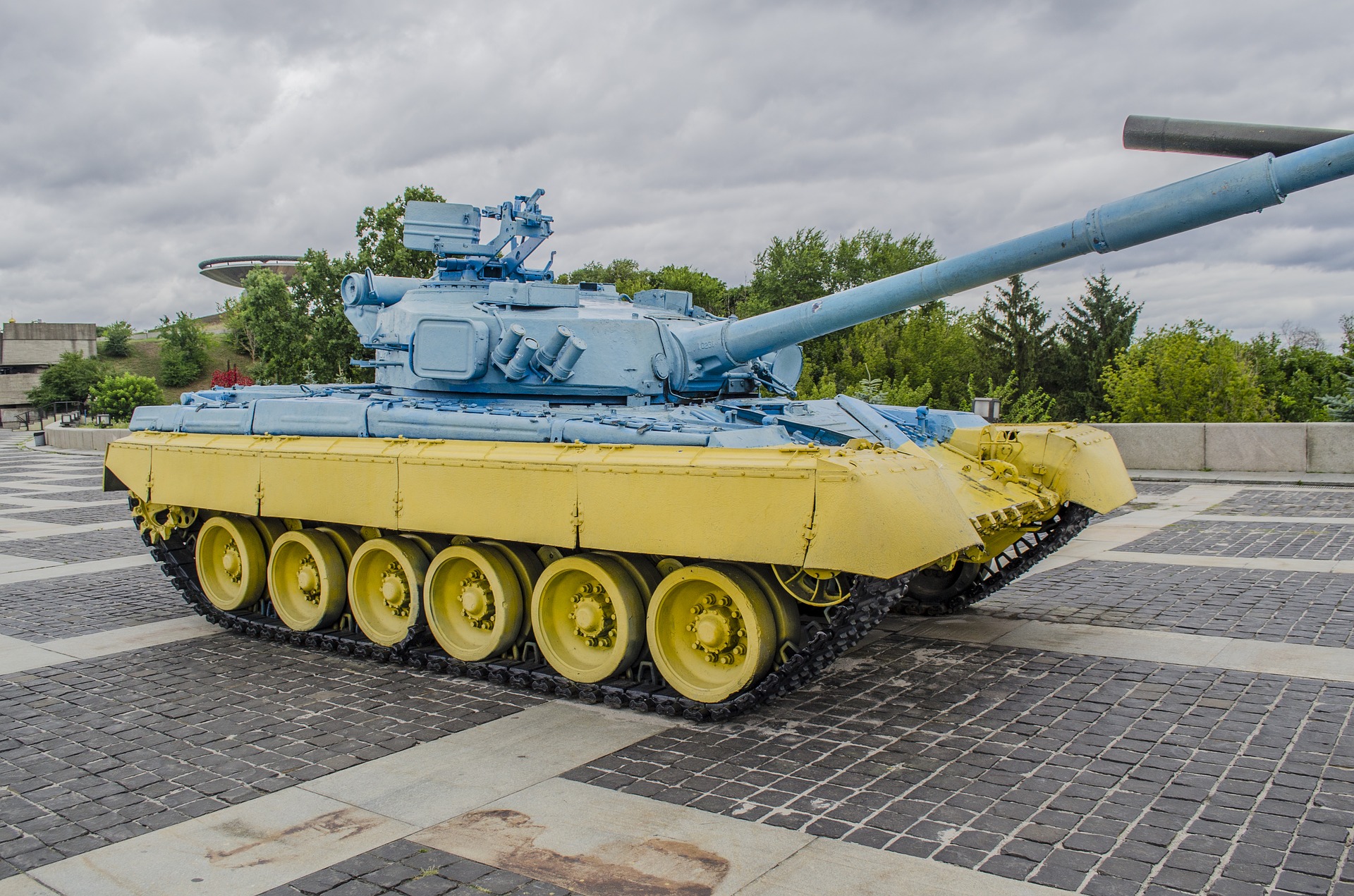In this article, we focus on what we think are the three most likely scenarios of how the war could end, while acknowledging that within each of these stylized scenarios there are also multiple variants. This framework allows us to think clearly of the potential recovery values for Russian, Ukrainian, and Belarusian bonds. As always, our subjective probabilities will be reassessed as the facts change on the ground.
Scenario 1: Peace deal in the short-term (35% probability)
Russia and Ukraine are currently engaged in negotiations for a peace deal. It appears that the involved parties are not yet ready for an immediate compromise, but a deal within the next two months appears plausible. The details are yet to be defined, but based on publicly available information, one could expect Russia to agree to withdraw its troops from Ukraine in exchange for the latter giving up its NATO membership ambitions, recognizing Crimea as part of Russia, and limiting the future size of its military.
A kind of Minsk III agreement would be needed to resolve the struggle with Ukrainian separatists in Donetsk and Luhansk – a conflict that has been ongoing since 2014. Ukraine could potentially recognize the independent People’s Republics of Donetsk and Luhansk (DPR and LPR) under the protection of Russian peacekeepers. Alternatively, DPR and LPR could be granted some independence within Ukraine’s sovereignty. Either way, Ukraine would preserve most of its territorial integrity.
- Ukraine avoids default or conducts a market-friendly restructuring. This would be possible on the back of significant financial assistance that is currently being provided by western partners that has, so far, allowed Ukraine to continue servicing its external debt. This large financial assistance will also allow for a quick rebuilding of the nation. For example: Iraq’s economy expanded by a cumulative 178% in 2003 and 2004 after the 2003 invasion, Kuwait’s rose by 147% in the two years following the 1991 invasion. The recovery value of Ukraine’s sovereign bonds could be between 70% and 100% depending on whether there’s a restructuring or not.
- Russia may also avoid default depending on potential sanction relief. Russia’s sovereign and corporates have been demonstrating their willingness and ability to avoid default so far, but current US sanctions would prevent bondholders from receiving sovereign bond repayments after 25 May, 2022 (see OFAC General License 9A). If the peace deal occurs before this date and it is acceptable for the US, then there’s a possibility that this and other economic sanctions could be eased allowing Russia’s sovereign to avoid default. This is far from granted though and up to the US to decide. If Russia manages to obtain sanctions relief to avoid default following a satisfactory peace deal, then we would expect Belarus to avoid default as well.
- A large majority of Russia’s corporate issuers avoid default. Only a few corporate issuers that see their revenues severely disrupted could conduct market-friendly restructurings with high recovery values.
Scenario 2: A prolonged war (45% probability)
The war could go on for several months if the involved parties fail to reach a peace deal in the short-term. This would inflict much larger infrastructure and humanitarian damage on Ukraine. Russia would likely increase its territorial control of Ukraine, forcing the latter to give up a larger share of its territorial integrity. Some variants of this scenario could see Ukraine divided in two with Russia having control over eastern Ukraine and a legitimate democratic government controlling western Ukraine.
- Ukraine restructures its external debt; the recovery is highly uncertain. The recovery of Ukraine sovereign bonds will depend on how much of Ukraine’s territorial integrity is preserved as well as on the length of the war, which will determine the degree of infrastructure damage as well as a likely large loss of human capital mainly due to migration.
- In the most optimistic case within this scenario, Ukraine preserves most of its territorial integrity and large financial assistance from western partners allows a quick recovery. A market friendly restructuring sees a recovery between 50% and 70%.
- In the most pessimistic case within this scenario, Ukraine loses a large share of its territory. The lowest recovery of a sovereign restructuring in recent history was Iraq’s following the 2003 invasion, where Paris Club creditors accepted an 80% principal haircut. We see this as a lower bound for Ukraine.
- Russia sovereign likely defaults after the 25 May. If the conflict continues for months, we think the US would be less inclined to extend the deadline imposed by General License 9A, which would prevent bondholders from receiving payments even if Russia remains willing and able to pay. Belarus is financially dependent on Russia, thus we see no reason for the former to avoid default if the latter is forced to stop paying.
- No restructuring in sight. US sanctions on Russia’s Ministry of Finance, central bank, and national wealth fund would remain in place, which would prevent the sovereign from restructuring its debts in the foreseeable future. Venezuela’s sovereign bonds, which have been in a similar situation used to trade between 20 and 30 cents on the dollar following the November 2017 sovereign default.
- Deep recession but not a Venezuelan-style collapse. The Russian economy will inevitably fall into a deep recession this year but an economic collapse like those seen in Venezuela and Lebanon seems highly unlikely in an economy that until now had been well managed, with very low levels of debt and a twin surplus (fiscal and external). Thus, we think that this long default scenario has already been mostly priced in.
- Most Russian corporate issuers still avoid default. Economic sanctions will affect the revenues of Russia’s corporate issuers but given that most of them are exporters, have low leverage, and have assets abroad that could be seized by creditors, we believe that most of them will avoid default. Corporates with an important share of domestic revenues and those that see their exports severely curtailed by sanctions will have to restructure, but we expect market-friendly restructurings to prevail.
Scenario 3: A Russia-controlled Ukraine (20% probability)
The strong resistance from the Ukrainian military and population, and the constant military equipment provided by the west make a full conquest of Ukraine unlikely, yet it remains a possible outcome. In this worst-case scenario, Ukraine would be governed by an illegitimate pro-Russian government. Ukraine would thus become sanctioned and lose financial support from the west. All three sovereigns default and restructuring would only occur following regime change. The outlook for Russian corporates becomes more uncertain the longer strong economic sanctions remain. We would expect more corporate restructurings than in the previous scenarios.
Outlook
The situation on the ground in Ukraine is extremely fluid, so the scenarios outlined above will change as more information emerges, and international diplomacy continues. We note that the critical factor for bond investors will be policy decisions around sanctions, so we will continue to watch this closely. We are deeply saddened that a prolonged war seems to be the most likely outcome but remain hopeful that a peaceful outcome can be reached as quickly as possible.
Guest column by Carlos de Sousa, Emerging Markets Strategist, Vontobel AM.




